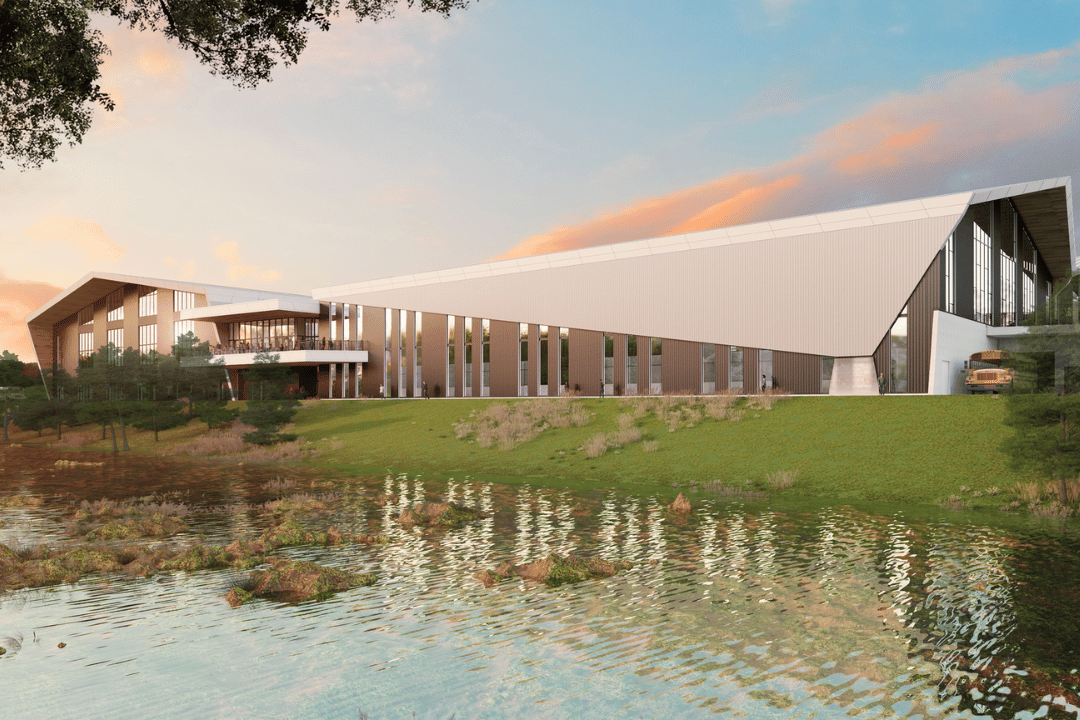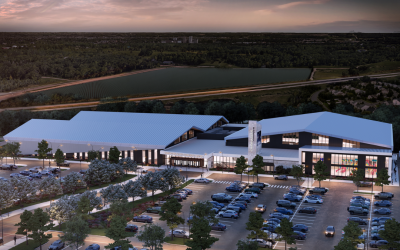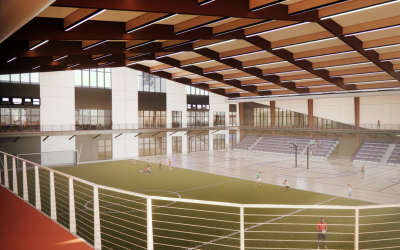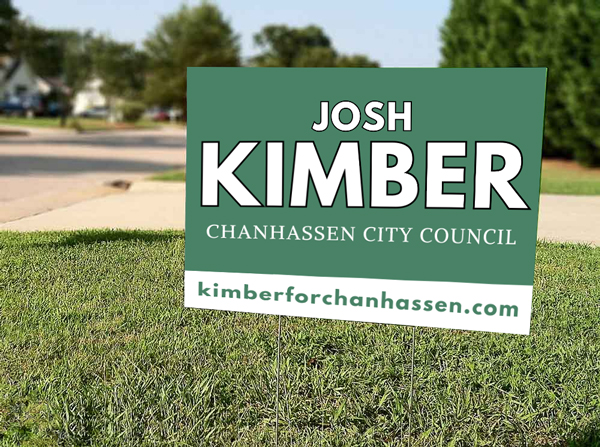I’ve answered some smaller questions up until now, but it’s time to address the big one: Why isn’t a pool included in the Community Center proposal? This is by far the most popular and contentious topic for some residents, and despite what some might think, it wasn’t an easy “yes” or “no” decision. The City Council revisited this topic multiple times, and it was evaluated a final time just before the ballot language was due to the state. Council knew how important this feature was to the community, and it was seriously considered. So, grab a cup of coffee, and let’s dive into this important question.
What Kind of Pool Was Considered?
The first step was to define what type of pool we were talking about because people have different ideas of what a “community pool” should include. Most residents we heard from envisioned a pool similar to those in Chaska or Eden Prairie—something that includes lap swimming, open swimming, and some additional play features like slides or fountains. This type of pool would mainly offer open swimming for residents, with potential rentals for swim clubs, schools, or community events like swimming lessons or birthday parties.
To build a facility like this, the estimated cost was between $23 million and $25 million, depending on the features added. Given the area we were considering, $23 million was a reasonable estimate.

What Are the Revenue Opportunities for a Pool?
Unlike ice rinks or turf fields, pools don’t offer as many rental opportunities. Hockey, for example, is in high demand, and turf fields can be used by multiple sports such as soccer, lacrosse, and football. For swimming, regular rentals would mostly come from swim clubs if the facility included 8 lanes of swimming. Unfortunately, no local swim clubs expressed interest in moving their facilities or forming new clubs in the area.
This leaves open swimming as the primary revenue source, which is why a membership model would likely be necessary. A membership system ensures that all users contribute to the revenue of the facility regardless of use, helping offset the operational costs associated with maintaining a pool.
While the revenue opportunities for a pool are somewhat limited, the expenses are significant, which brings us to the next question…
What Are the Potential Expenses for a Pool?

In addition to the upfront construction costs, maintaining and operating a pool comes with significant ongoing expenses. Most cities with public pools experience increased operational costs related to staffing, maintenance, utilities, and insurance. On average, cities across the state have needed to include $50,000 to $250,000 to their annual levy just to cover the operating costs of their pools. The Star Tribune highlighted some of these pools in a recent article found here. These expenses include heating the pool, water treatment, cleaning, and lifeguard staffing, all of which can add up quickly. Unfortunately, revenue generated from memberships or open swim fees typically doesn’t cover these costs, requiring the city to use taxpayer dollars to fill the gap.
Now that we have a good understanding of the pool and what comes with operating a pool, let me share how I feel council viewed adding a pool into the current proposal. There were really two options
- Add to the current proposal
- Replace current amenities with a pool
Adding it to the current proposal
Once we had a cost estimate, we discussed what it would mean to add $23 million to the current proposal. With funding from naming rights, the sale of the existing rec center, and sponsorships already accounted for, any additional spending would need to come from property tax increases. Currently, the proposal uses $15.2 million from property taxes, but this would increase to $38.2 million—2.5 times the planned property tax increase—if a pool were added.
This means that instead of residents paying $17 per month for a house valued at $600,000, the cost would jump to $43 per month, or $516 per year. Even with the local option sales tax, this was simply too much for the Council to ask residents to pay.
Replacing current amenities with a pool
Another option was to fit a $23 million pool into the current plans by replacing other amenities. To do this, council looked at the three main buildings:
- Arena 1: Hockey, open skate, events, and convention space (seating for 2,000 + 400 standing room).
- Arena 2: Hockey, open skate, events, and convention space (seating for 3,000 + 500 standing room).
- Field House: Hard courts, sports turf, walking track, indoor playground.
Some residents have suggested removing one sheet of ice to make room for the pool. That was an option that was explored but removing Arena 2 would only save about $7 million—still $15 million short of the amount needed. Plus, removing one sheet would reduce efficiencies, and removing both sheets of ice would be required to afford a pool.
The other option was to keep the ice rinks but lose the Field House, which would impacts many different uses in that space.
Weighing the Options
Here’s how I approached the problem:
- Arenas 1 & 2: These arenas support hockey, figure skating, open skate, conventions, and concerts. While the number of organizations using these arenas may be smaller, they have high participation rates and offer steady revenue with mid-level operating costs.
- Field House: This space supports a variety of sports like basketball, volleyball, pickleball, soccer, lacrosse, football, and baseball. Many local sports groups are actively looking for more practice space, both in and out of season. The Field House offers high revenue potential with relatively low operating costs.
- Pool: The primary use of a pool would be open swim, and we didn’t hear from any teams interested in a new facility. I saw this as having lower rental demand, medium use by residents, and high operating costs.
Based on this, I couldn’t justify removing the arenas or the Field House to add a pool. In my view, while other cities have built large, all-inclusive recreational centers in the past, many have found them to be too costly to operate in the long run. That’s why I felt most comfortable proposing a facility that maximizes multi-sport offerings without the added financial burden of a pool.
Looking ahead
Should the proposed Community Center be approved, I hope future City Council members will explore opportunities to either expand the facility or build a standalone pool. I understand that many residents are eager for a pool, but the costs of construction and long-term maintenance were simply too high to include in the current proposal. Through my conversations with community members, I’ve found that while some are disappointed, most understand the financial challenges and appreciate the Council’s efforts to balance functionality and affordability. Many residents, regardless of age or stage of life, are excited about the potential of a new, vibrant facility in our community—even without a pool.
As always, if you have additional questions, reach out at josh@kimberforchanhassen.com or text to 651-592-9583.




